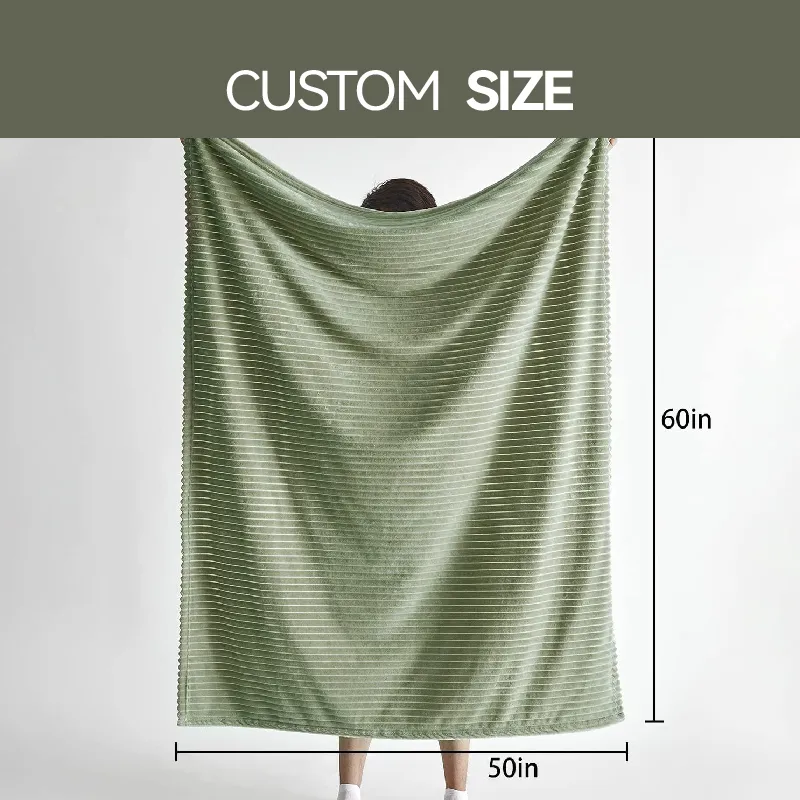Is a microfiber pillow beneficial or detrimental for your sleep quality?
Is Microfiber Pillow Good or Bad?
In the world of sleep accessories, pillows play a critical role in ensuring a good night’s sleep. Among the various types of pillows available in the market, microfiber pillows have gained popularity due to their affordability and perceived comfort. However, the question arises are microfiber pillows good or bad for your health and sleep quality? This article aims to explore the benefits and drawbacks of microfiber pillows to help you make an informed decision.
What is a Microfiber Pillow?
Microfiber pillows are made from synthetic materials that mimic the softness and comfort of down feathers. They are created from fine polyester fibers, which are woven together to produce a plush and fluffy filling. Due to their lightweight nature and the ability to retain shape, microfiber pillows are often marketed as hypoallergenic alternatives to traditional pillows. This can be particularly appealing to individuals with allergies or sensitivities to natural materials.
Benefits of Microfiber Pillows
1. Affordability One of the most significant advantages of microfiber pillows is their cost-effectiveness. They are generally less expensive than high-quality natural fill pillows like down or wool. This makes them accessible to a wider audience.
2. Hypoallergenic Properties For those susceptible to allergens, microfiber pillows can be a suitable choice. Unlike down or feather pillows, microfiber materials are less likely to harbor dust mites and mold, which can trigger allergic reactions.
3. Softness and Comfort Microfiber pillows are designed to provide a soft and plush sleeping experience. They can offer adequate support for the head and neck, making them a comfortable choice for many sleepers.
microfiber pillow is good or bad

4. Easy to Care For Most microfiber pillows are machine washable and quick to dry, which simplifies the maintenance process. This ease of care can be a significant advantage for busy individuals.
Drawbacks of Microfiber Pillows
1. Breathability One of the main concerns with microfiber pillows is their breathability. While they provide warmth and softness, they can trap heat and moisture, potentially leading to discomfort during sleep. This may be a crucial factor for hot sleepers who require better airflow.
2. Durability Although microfiber pillows offer a fluffy feel initially, they may not hold their shape as well over time. Frequent washing and use can lead to flattening and loss of support, which means that they may need to be replaced more often than higher-quality pillows.
3. Lack of Support For individuals with specific neck or back pain issues, microfiber pillows may not provide adequate support compared to memory foam or latex pillows. The soft nature of these pillows can lead to improper spinal alignment, exacerbating discomfort for some sleepers.
4. Environmental Concerns Since microfiber pillows are made from synthetic materials, they are less environmentally friendly than natural fill pillows. The production of microfibers involves petrochemicals, and the disposal of synthetic materials can contribute to environmental pollution.
Conclusion
When considering whether microfiber pillows are good or bad, it ultimately depends on individual preferences and requirements. For budget-conscious consumers seeking a soft, hypoallergenic option, microfiber pillows can be a suitable choice. However, those with specific support needs or concerns about breathability may want to explore other pillow materials that offer better durability and spinal alignment. Ultimately, it's essential to evaluate your sleep habits, health conditions, and environmental considerations when choosing the right pillow for you. With the right information, you can select a pillow that enhances your sleep quality and overall well-being.
-
Elevating Comfort and Quality with the Right Bed LinenNewsJul.07, 2025
-
Bedding Essentials: From Percale Sheets to White Quilts, Finding Your Perfect Sleep HavenNewsJul.07, 2025
-
Choosing the Right Bedding for a Comfortable and Stylish BedroomNewsJul.07, 2025
-
Understanding the Diverse World of Towel TypesNewsMay.29, 2025
-
The Ultimate Comfort: Discover the Benefits of Polycotton SheetsNewsMay.29, 2025
-
Experience Luxury with 1800 Brushed Microfiber SheetsNewsMay.29, 2025
-
Elevate Your Sleep with Luxurious Hotel Sheets for SaleNewsMay.29, 2025






